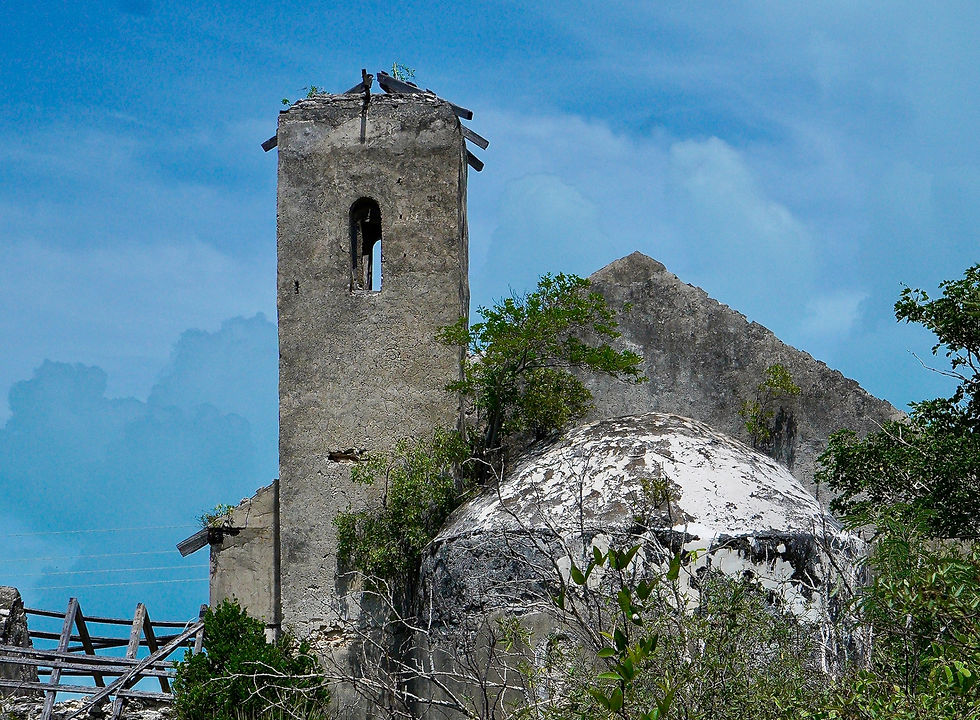Title
Settlement
Text
Land Grant Number
Acres
Date
Text
Text
Text
Give a brief description of the inhabitant. The man. The legend. Do we know any significant details about these guys? If yes, great! Include that here. If not, then this can just be ignored.

John Morris
Settlement
Morris
Grants
D-65 (300 acres, 20 May 1789), D-60 (240 acres, 17 Oct 1788), D-148 (102 acres, date unknown)
John Morris. Origin: Loyalist.
John Morris was appointed a Captain of the Light Infantry Company by Gov. Toyon of East Florida in 1783. We assume that he evacuated Florida for the Bahamas in the years 1783-85, with the large Loyalist exodus. On 14 January 1786, Morris placed an ad in the Gazette, reporting a runaway slave offering a reward of 12 pieces of eight. He was named Commissioner of the Roads and Highways for the Northern District of Long Island in January of 1790, showing he was not just a landowner on Long Island, but was almost certainly living there at that time. Morris was a signatory and self-confessed member of The Board of American Loyalists.
Morris received 3 land grants in his namesake settlement on Long Island,” and named his plantation “Mt. Morris.” A grant of 240 acres on 17 Oct. 1788 was bounded by that of George McKenzie and Captain William Charleston; and at the south by another of his parcels. On 20 May 1789, Morris was granted 300 acres of adjacent land, bounded by George Kemp, William Charleston, Crown land, and vacant land. This parcel was later commuted to Samuel W. Simms. John Morris’ third grant was for 102 acres.
On 25 May 1792, John advertised for the return of his negroes who absconded on the 28th of January from his plantation, Mt. Morris, on Long Island. On 9 March 1798, he advertised for the return of his “mulatto villain, Jack, a perfect pest in the neighborhood. It is suspected he is harbored by the negroes of three or four adjoining plantations having no white person residing upon them, as is the law.” From these snippets, we are left to wonder if John Morris was a cruel slaveowner.
Note: on the Tatnall Map his last name is spelled “Morrice.”
Reference: BOL



